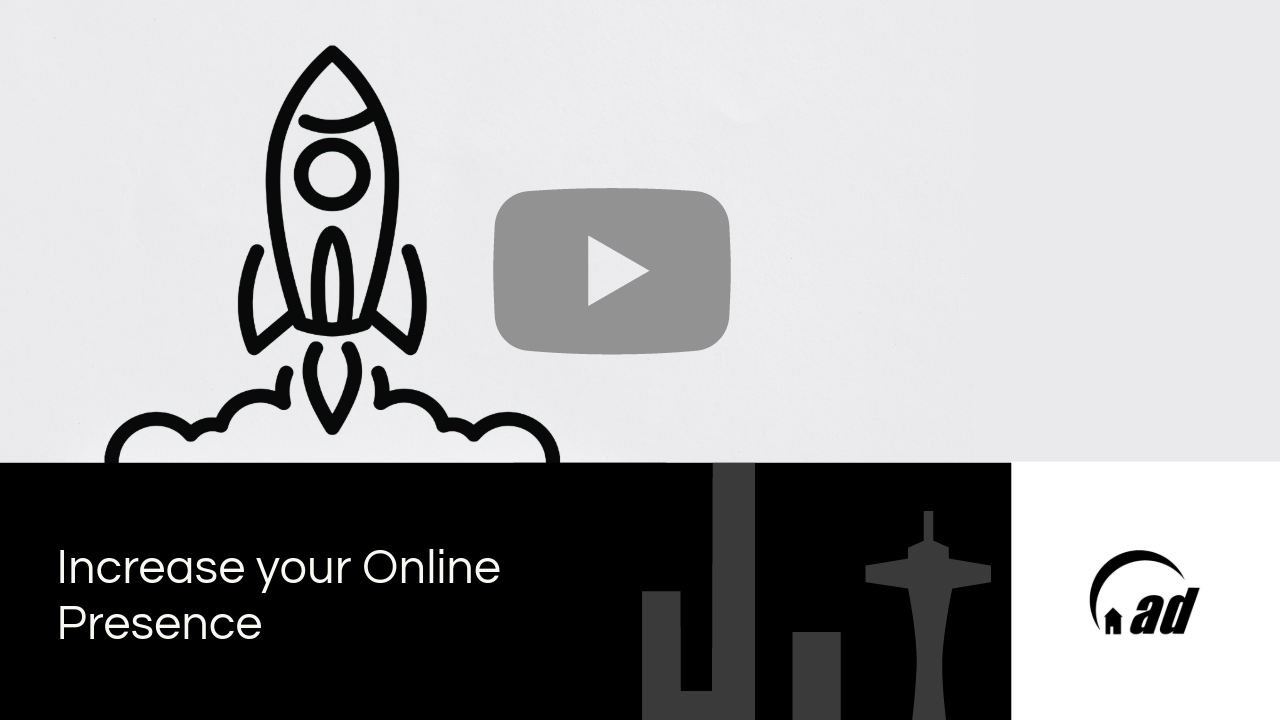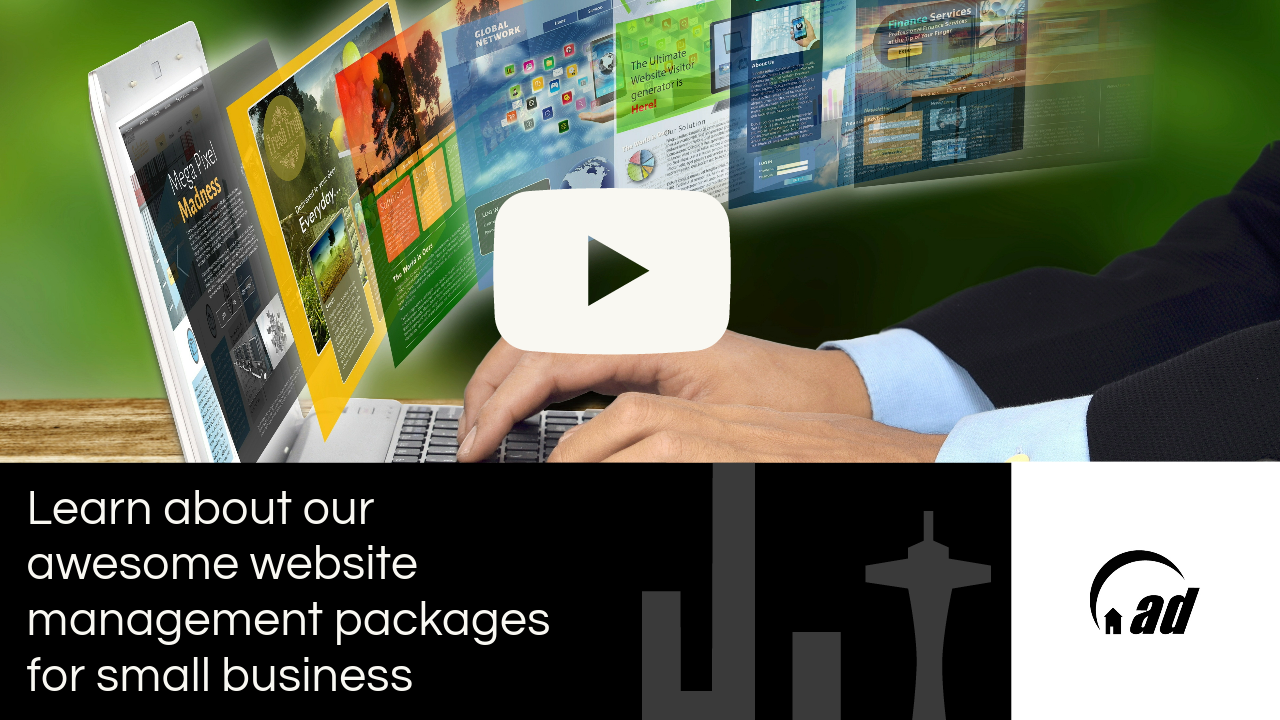Long-Tail Keywords for Small Business SEO Success
Small businesses often face the challenge of standing out in a crowded market nowadays. While big players dominate the search engine results pages (SERPs) with broad and highly competitive keywords, smaller enterprises can luckily carve out their niche by focusing on long-tail keywords. These longer, more specific phrases can significantly enhance online presence and lead to what every entrepreneur desires—small business SEO success.
The Basics of Long-Tail Keywords: What They Are and Why They Matter
Long-tail keywords are phrases that typically contain three or more words and are more specific than their short-tail counterparts. For instance, while "SEO" is a short-tail keyword, "best SEO strategies for small businesses" is a long-tail keyword. The specificity of long-tail keywords often means they are less competitive and more targeted, supportive of small businesses with limited SEO budgets.
Why do long-tail keywords matter? They capture searchers who are further along in the buying journey. For example, someone searching for "affordable organic dog food in Austin" is likely ready to purchase compared to someone searching for "dog food” only.
How Long-Tail Keywords Drive Small Business SEO Success
Incorporating long-tail keywords into your SEO strategy can be a game-changer for small businesses. These keywords help your website rank higher in search results, attract a more targeted audience, and increase conversions.

As an illustration, consider a local bakery specializing in vegan, gluten-free cupcakes. Rather than competing with large companies for the keyword "cupcakes," the bakery could target "vegan, gluten-free cupcakes delivery in Portland." This long-tail keyword is more specific and less competitive, making it easier for the bakery to rank higher in search results and attract customers specifically looking for that product.
Yes, long-tail keywords tend to have lower search volume, but the traffic they drive is often more relevant and ready to convert. Hence, by focusing on these keywords, businesses can significantly boost their small business SEO success.
Finding the Right Long-Tail Keywords for Your Small Business
The key to leveraging long-tail keywords is finding the right ones for your business. Several tools and methods are available to help you discover these valuable phrases.
- Google Keyword Planner: A free tool that provides keyword ideas and estimates of their search volume. It’s a great starting point for discovering long-tail keywords relevant to your business.
- Ubersuggest: This tool suggests long-tail keywords and provides data on their competitiveness and potential traffic.
- AnswerThePublic: A unique tool that generates questions and phrases related to your keywords, helping you understand what your audience is searching for.
When searching for long-tail keywords, it’s essential to understand your audience's search intent.
What problems are they trying to solve? What solutions are they looking for? When you answer these questions, you can brainstorm long-tail keywords that align with your business offerings and meet the needs of your potential customers.

Analyzing Competitors’ Use of Long-Tail Keywords
Knowing what your competitors are doing can provide valuable insights into your SEO strategy. When analyzing your competitors’ use of long-tail keywords, you can identify opportunities to improve your approach.
Several tools, like SEMrush and Ahrefs, allow you to see the keywords your competitors are ranking for. Pay close attention to their long-tail keywords, as these may highlight gaps in your strategy.
For example, if you’re in the moving industry, you might find that competitors are successfully ranking for specific phrases like "reliable long-distance moving companies." This can help you identify opportunities to target similar phrases, like "best local moving services in [your city]," to improve your visibility. In fact, incorporating keywords for moving companies that are location-specific can significantly enhance your visibility in niche industries like moving. This is important because local searches often have a higher intent to convert, meaning potential customers are actively looking for services in their area and are more likely to reach out.
Crafting Quality Content Around Long-Tail Keywords
Once you’ve identified your long-tail keywords, the next step is to integrate them into your content. But remember, it’s not just about inserting keywords; it’s about creating quality content that provides value to your audience.
When crafting content, ensure that your long-tail keywords are naturally integrated. Structure your blog posts, landing pages, or product descriptions so that these keywords flow smoothly within the text. For example, if your keyword is "affordable SEO services for small businesses," you might write a blog post titled "How Affordable SEO Services Can Help Small Businesses Thrive."
Avoid keyword stuffing, which can make your content unreadable and harm your SEO efforts. Instead, focus on delivering informative, engaging content that answers your audience's questions and meets their needs.
The Role of Long-Tail Keywords in Local SEO for Small Businesses
For small businesses, especially those that rely on local customers, long-tail keywords are essential for local SEO. Local SEO is all about targeting customers in your area, and long-tail keywords can help you achieve this.

So, include location-based keywords in your strategy to attract local customers. For example, a dentist in Miami could use the long-tail keyword "emergency dental services in Miami" to target individuals needing immediate dental care in that area.
Tracking and Measuring the Impact of Long-Tail Keywords
To ensure your long-tail keyword strategy is working, tracking and measuring its impact is essential.
Several key metrics can help you determine the effectiveness of your keywords.
- Organic Traffic: Monitor the organic traffic coming to your site from search engines. Increased traffic can indicate that your long-tail keywords are helping you rank higher.
- Conversion Rates: Track the percentage of visitors who take a desired action, such as making a purchase or signing up for a newsletter. Higher conversion rates suggest that your long-tail keywords are attracting the right audience.
- Bounce Rates: A low bounce rate indicates that visitors are finding what they’re looking for on your site, which can signify that your long-tail keywords are well-targeted.
Using tools like Google Analytics and Google Search Console, you can gain valuable insights into how your long-tail keywords perform and refine your strategy accordingly.
Take Your SEO Strategy to the Next Level With Long-Tail Keywords
Long-tail keywords are powerful for anyone seeking small business SEO success. When you target these specific, less competitive phrases, you can improve your search engine rankings, attract a more qualified audience, and increase conversions. So, start incorporating long-tail keywords into your SEO strategy today and watch your small business grow.
Bio: Sarah Mitchell is a seasoned digital marketing strategist with over a decade of experience helping small businesses succeed online. Specializing in SEO and content marketing, Sarah is passionate about empowering entrepreneurs to harness the power of search engine optimization. She holds a degree in Marketing from the University of California, Berkeley, and has worked with various startups and established brands to enhance their online presence.
Share
Tips & Updates








